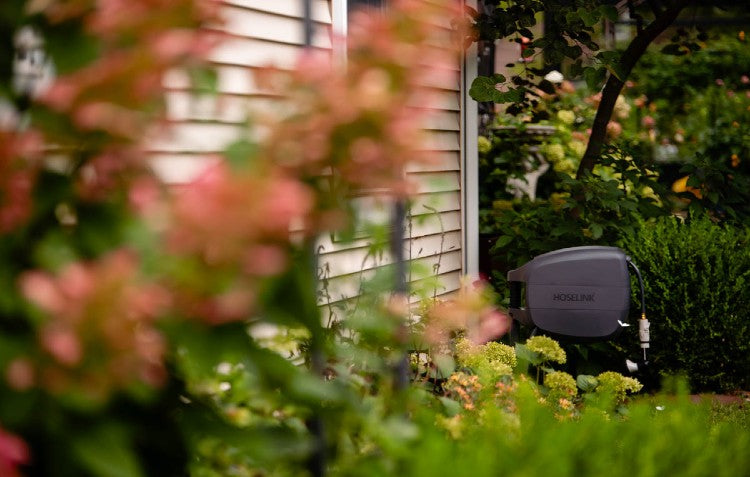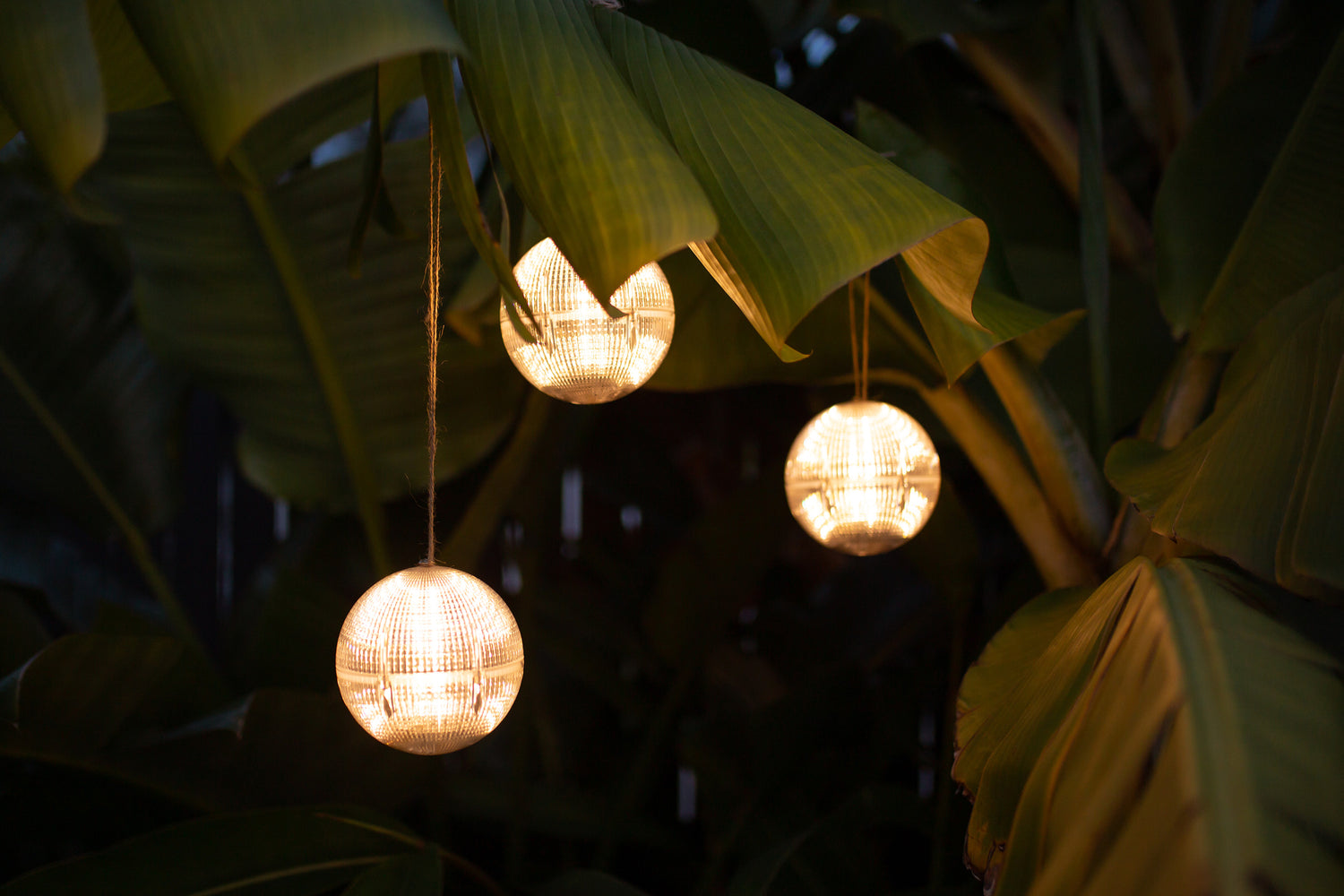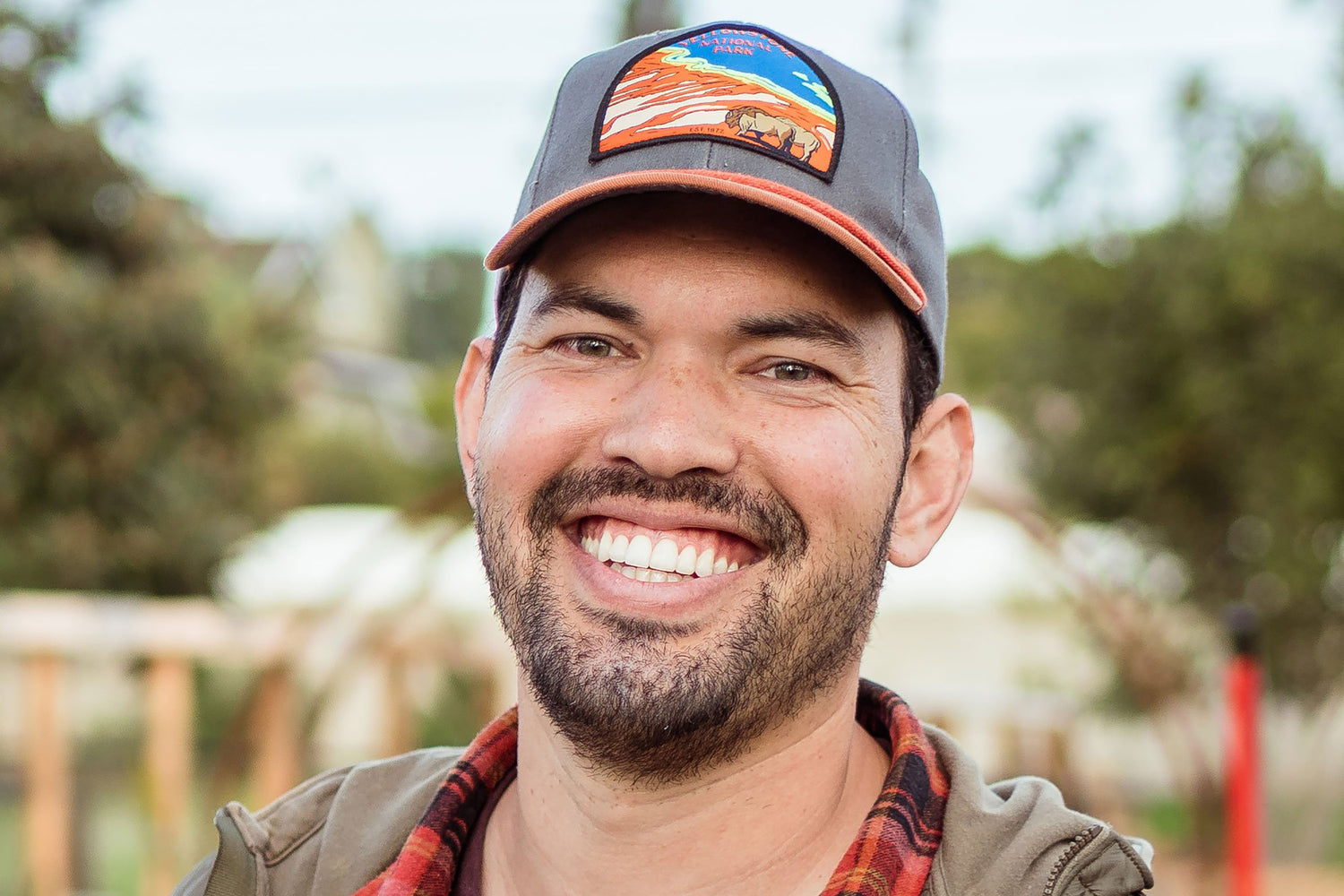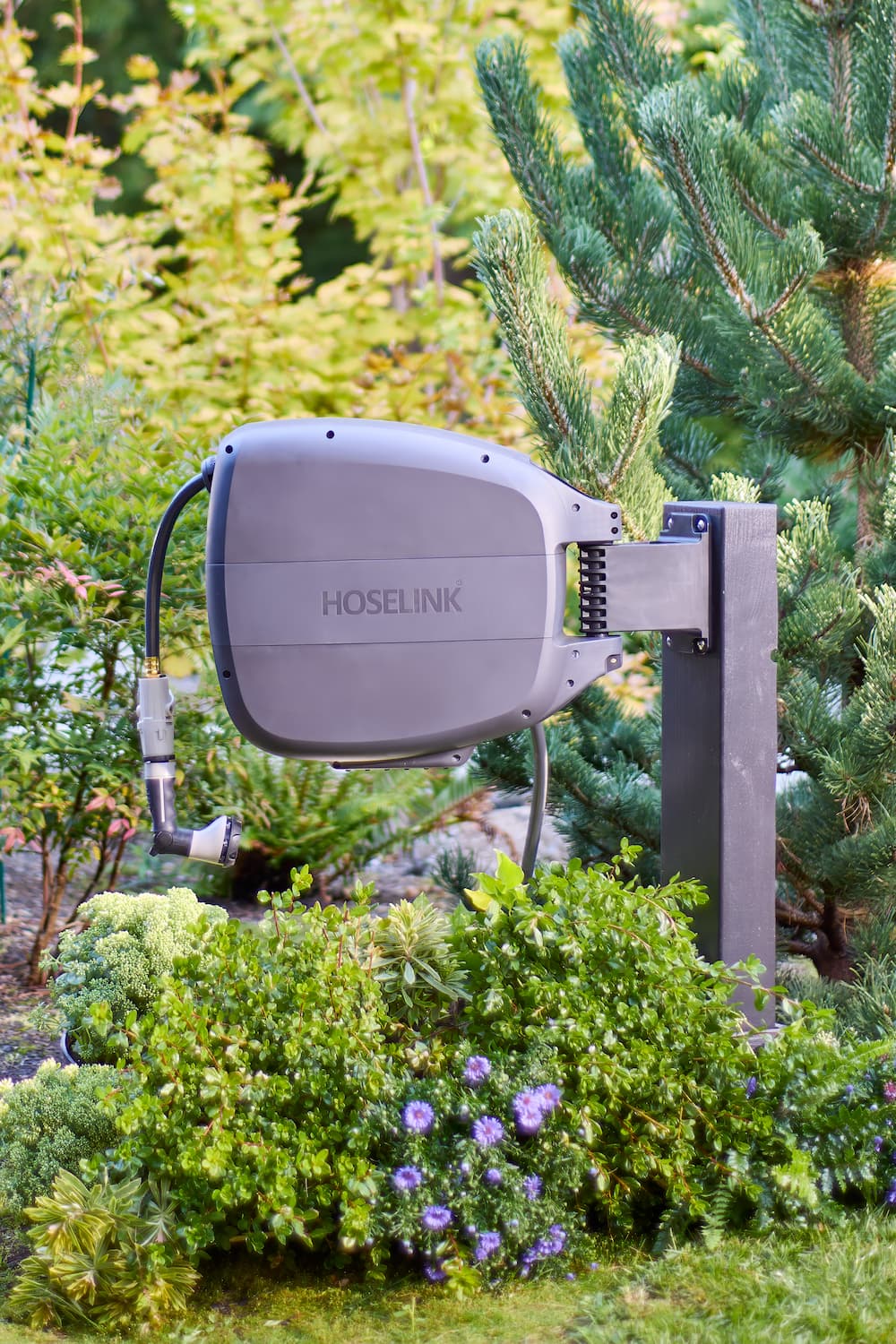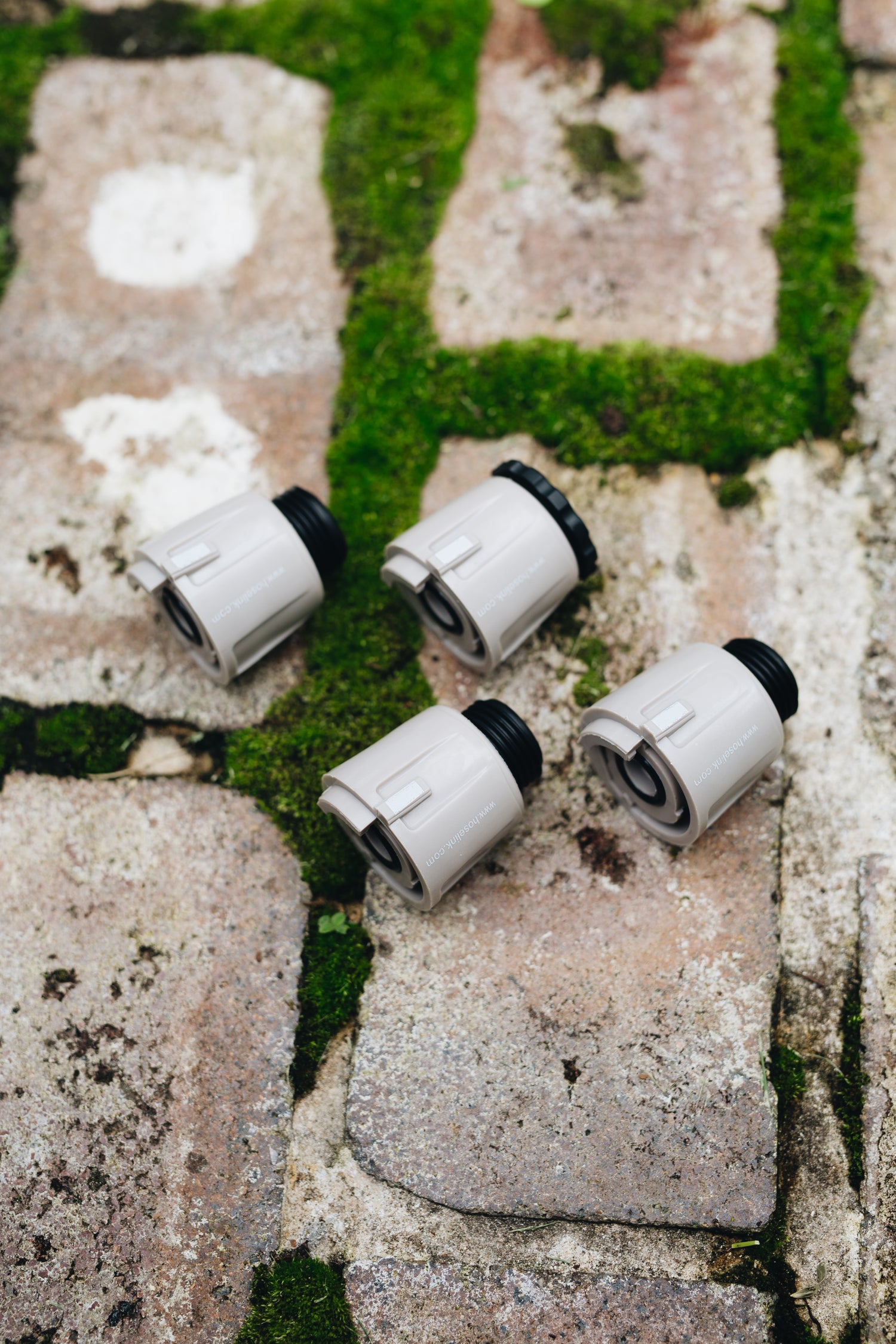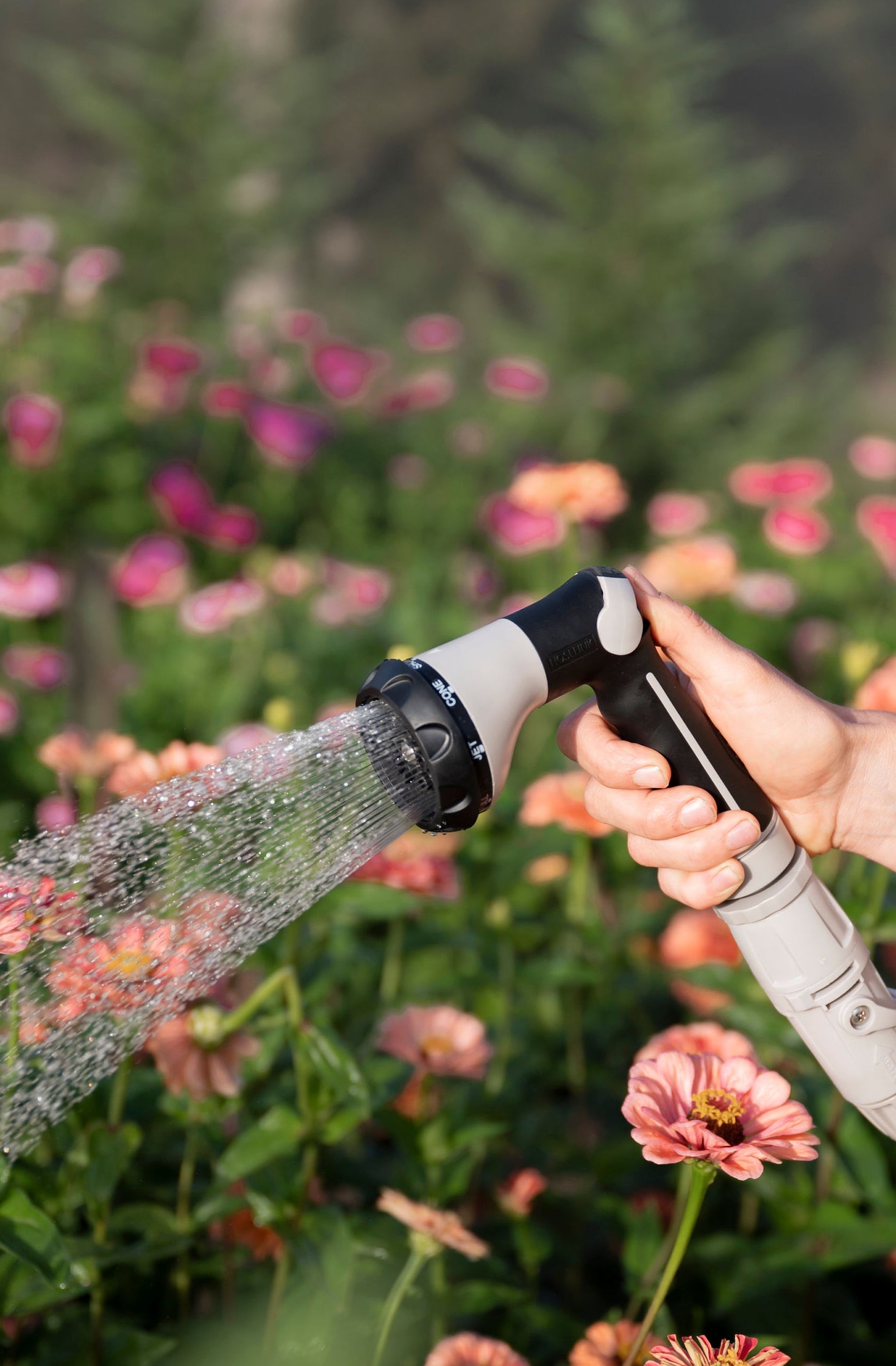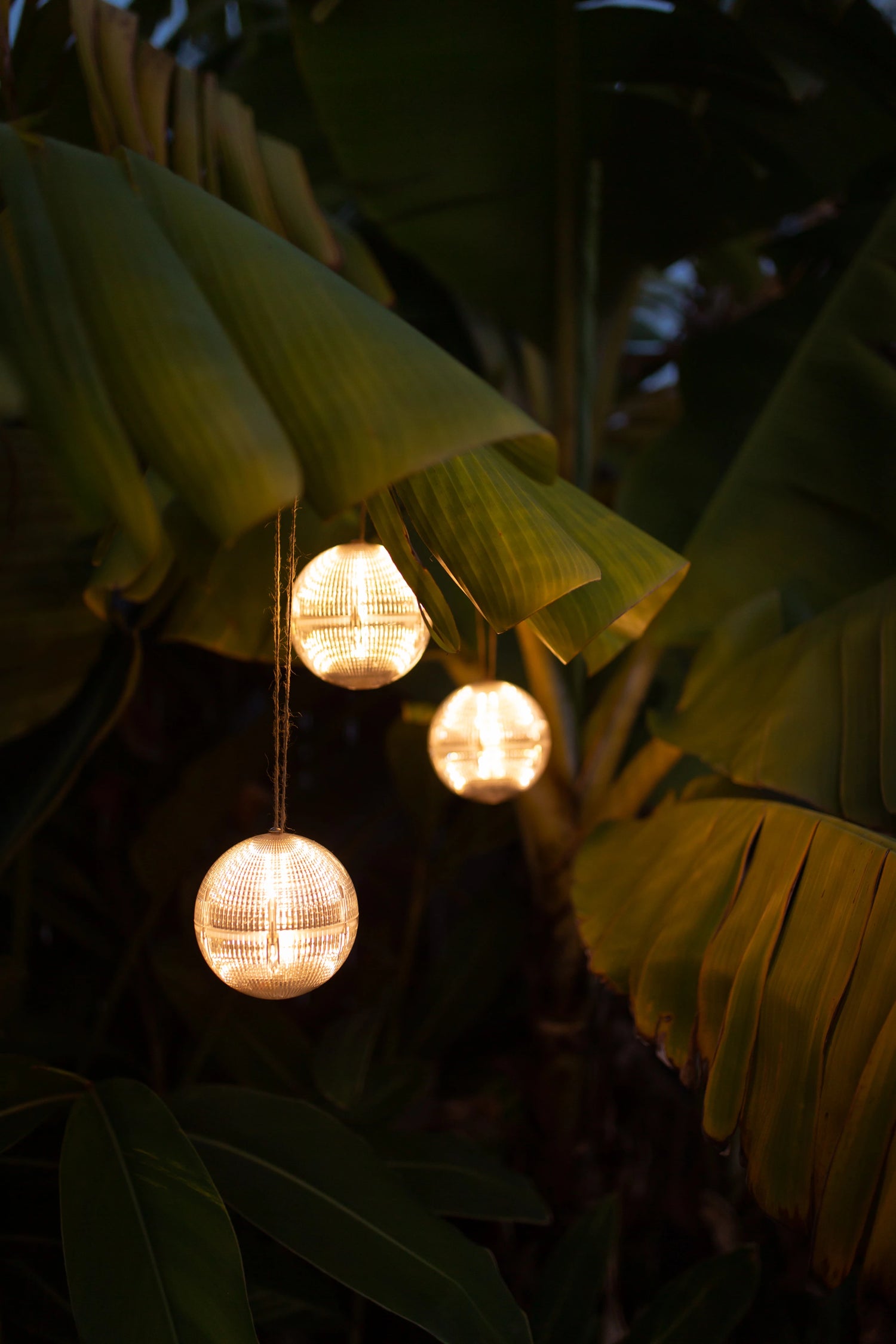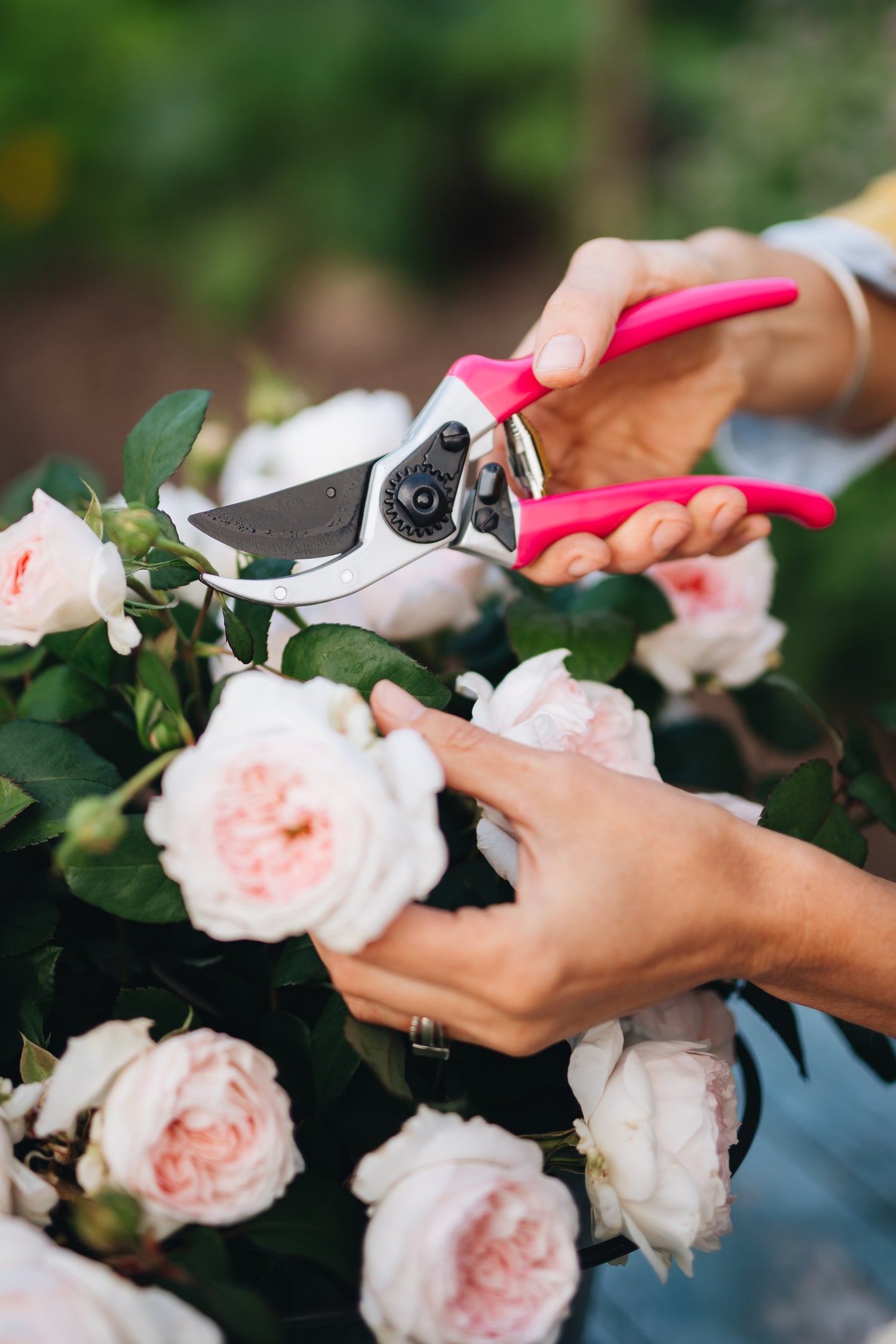Fall has finally arrived here in central Indiana, and I think it’s here to stay. The mornings are cool and the long sleeves are not optional anymore, the evenings come earlier, and the garden is slowly shifting gears. September is one of those months where the garden feels quieter, but there’s actually a lot you can do to set yourself up for an even better spring. If you’re in zones 5–7, here’s what to focus on this month.

Buy & Plan for Bulbs (Tulips, Alliums, Garlic)
If you’ve ever admired a yard bursting with tulips or those tall, firework-like blooms of alliums in late spring, now’s the time to plan ahead. Bulbs are what I like to call “garden investments.” You tuck them into the soil now, forget about them all winter, and then come spring they show up with zero extra effort on your part.
-
Tulips & Alliums: These are perennials, meaning they’ll come back year after year. Alliums especially are reliable repeat bloomers, while tulips sometimes fade out after a couple of years, depending on the variety. Plant them in full sun and well-draining soil. Soggy soil is the fastest way to rot bulbs.
-
When to Plant: Don’t rush to plant right after you buy them. Wait until the ground cools down, usually October - November here in Indiana. The goal is to give them enough time to settle their roots before the ground freezes but not so early that they sprout prematurely (Some years, I even planted in December with great success!).
-
How to Plant: A good rule of thumb is to plant bulbs about 2–3 times as deep as the bulb is tall. For example, if a tulip bulb is 2 inches tall, you’ll want to dig a hole about 6 inches deep. Place the bulb pointy side up (roots down) but if you aren’t sure which side is which, just place it sideways, they will find their way, cover with soil, and water it in.

Tips:
- Add a little bulb fertilizer or bone meal to the bottom of the hole for an extra boost.
- Plant in groups or drifts for the best visual impact, random single bulbs can look a bit lonely.
- If you have critters (like squirrels or chipmunks) that love to dig bulbs, cover the area with chicken wire before topping with soil.
- Garlic is just as simple: Choose a variety that grows well in your area, break a head apart into individual cloves, plant them pointy end up about 2 inches deep and 6 inches apart, and they’ll reward you with fresh bulbs next summer.
Clean Up Containers with Spent Annuals
Those once-cheerful petunias and geranium may look tired now. Pull them out, dump the soil if it’s been used all season, and give your containers a quick scrub with soapy water. This helps prevent pests and diseases from sticking around. Then, you can reuse them for fall decorations, pansies, or even some cool-season edibles like kale or lettuce.

Direct Sow Lettuce for Fall Harvest
Cooler days and softer sunlight make September one of the best months to grow lettuce. Unlike summer, when heat makes it bolt and turn bitter, fall gives you tender, sweet leaves without much fuss.
-
Clear out any weeds or tired plants first, lettuce doesn’t like to share space. A quick fork through the soil and maybe a sprinkle of compost is all it needs.
-
Sprinkle the seeds right over the soil. No need to overthink it, just a light cover of dirt and a gentle watering will do.
-
Keep the soil a little damp until you see green popping up. Once they’re growing, you can thin them out if you want bigger heads, or leave them close together for cut-and-come-again baby greens, which is my favorite way to grow lettuce.
-
Containers work great too, especially those pots where your summer flowers are done. Just clean them out and give lettuce a chance to take over.
-
For steady salads, toss in a few more seeds every week or two. Fresh lettuce on repeat feels like a garden magic trick.

Transplant Shrubs & Divide Perennials
Fall is a gentle time to move things around. If you’ve got a shrub that needs a better home or perennials like hostas, coneflowers, or daylilies that are overcrowded, now’s the moment. Dig up the plant, split the clump with a shovel or sharp knife, and replant right away. Water them in well to help the roots settle before winter sets in.
Keep Harvesting
Tomatoes and peppers usually hang in there until the first frost. Keep picking regularly to encourage more ripening. If frost is in the forecast, you can pull whole tomato plants and hang them upside down in a basement or garage (Those green tomatoes will slowly ripen in a few days).
Save Seeds to Save Money
Seed saving is one of those simple fall chores that pays you back next year. Plus, it feels good knowing you’re keeping a little piece of this year’s garden alive. Here is how to save seeds from 2 major power plants that are always part of my garden:
Tomatoes:
-
Slice open a ripe tomato (choose the biggest, healthiest, ripest of all) and squeeze the seeds and gel into a small jar.
-
Add a splash of water, cover loosely, and let it sit for 2–3 days. You’ll notice some bubbling and maybe a bit of mold on top, that’s normal! Chance the water at this time. This process ferments off the slimy coating around the seed.
-
After a few days, pour out the liquid, rinse the seeds in a strainer, and spread them on a paper plate or coffee filter to dry.
-
Once completely dry, store in a labeled envelope or glass jar in a cool, dry place.
Zinnias:
-
Let a few flowers stay on the plant until they’re completely dry and brown.
-
Pull the flower head apart, and you’ll find arrowhead-shaped seeds attached to the dried petals.
-
Keep only the firm, plump seeds and toss any that feel thin or flimsy.
-
Store just like tomato seeds, in envelopes or jars away from moisture.

A little effort now means you’ll have free seeds ready to go for spring, and you’ll be growing plants that already know how to thrive in your garden.
September is like the garden’s reset button. You’re planting for the future with bulbs and lettuce, tidying up with container clean-up, and even saving a piece of this year through seed saving. It’s a month of small but meaningful tasks that all add up to a healthier, happier garden come spring. Plus, there’s nothing better than working outside with that crisp fall breeze and knowing you’re already ahead of the game.
Have a great productive month gardeners,
Rox

